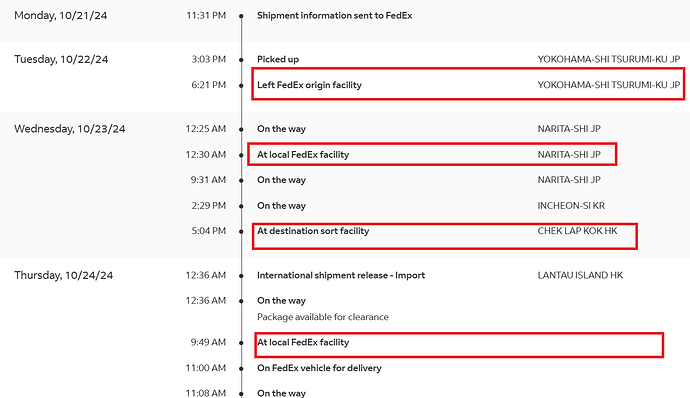I’m pretty sure the actual implementation would require a great deal more thought than what I can possibly imagine, but one way to simplify the smaller parcel/post type deliveries could be for smaller airports to just require a flight to a larger city, regardless of which airport or where.
If you think about it, just being connected by flight to a larger city opens up the required connections for the remote location, whether by rail, road, or air, to basically the whole outside world.
Thus, you could just have the parcel request connection to any decently large city, maybe an airport with cargo demand 4 or more could be set as the threshold, and then create another randomized transfer of that packet to any destination from that city to simulate the onward connection if needed, but that demand could be created as a separate individual request. If the connecting request falls through, that wouldn’t really be a problem, as that could be just interpreted as the demand just being fulfilled at the original destination.
I do believe smaller airports could be better utilized by NOT having a fixed destination for their cargo.
Which is kinda true in real life as well. Most remote areas have just one connection to the nearest urban area regardless of pax or cargo, and consider the fact that that is the case because remote areas can only operate in hub and spoke operations anyways due to the low demand
In addition, in the real world, for companies like Amazon or the postal service, even though the mails or packages themselves are individually tracked, consider the fact that they need a large sorting facility to facilitate the transfers.
So basically, any remote destination that requires a feeder service will always have just one destination, but that destination is dependent on where the company chooses to host the local hub facility, and the actual destination of the parcel doesn’t really mean much in the grander scheme of things, as all of the packages and mails would be transferred between hubs to get to their destination anyways.
Just my 2 cents as someone who’s a big fan of logistics. Regardless of how you guys do it, I really do hope we get to see some actual parcel and mail type cargo ops after the upgrade, not just plane for hire ACMI type cargo ops.
